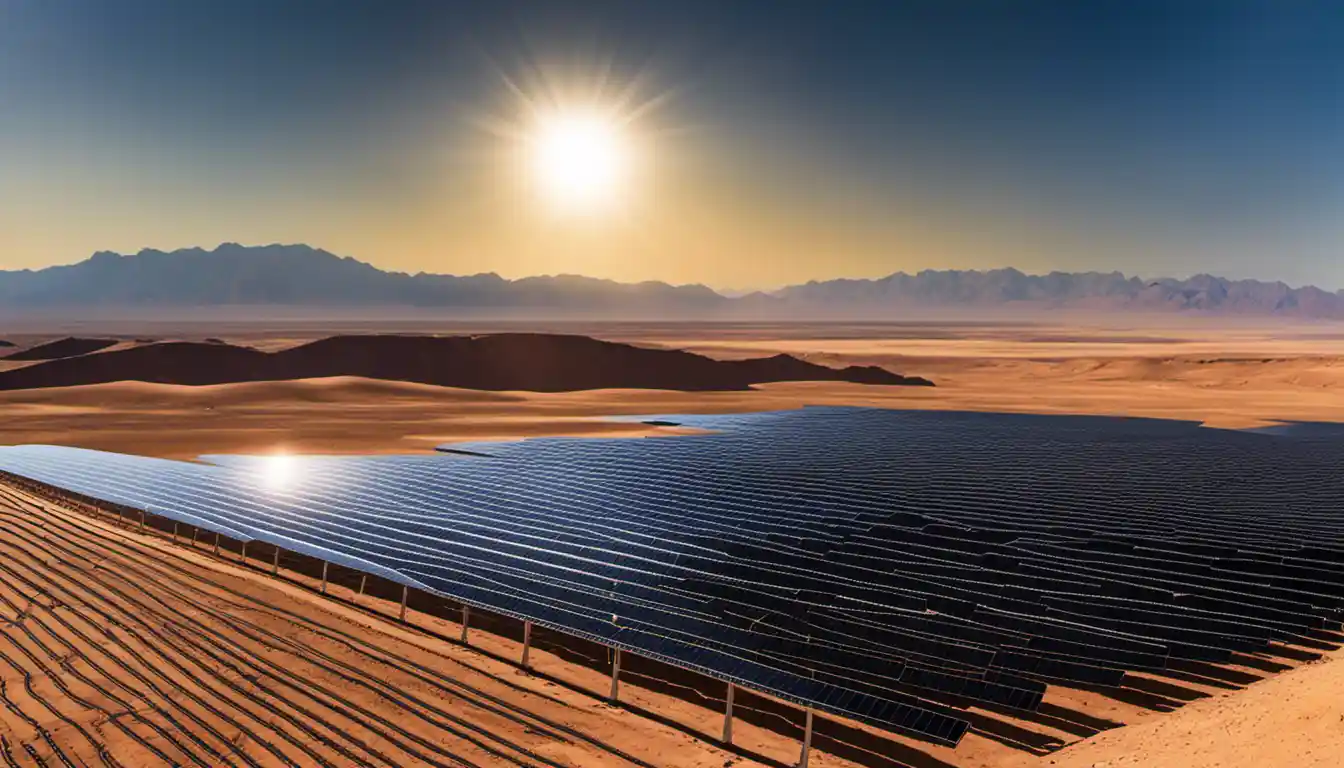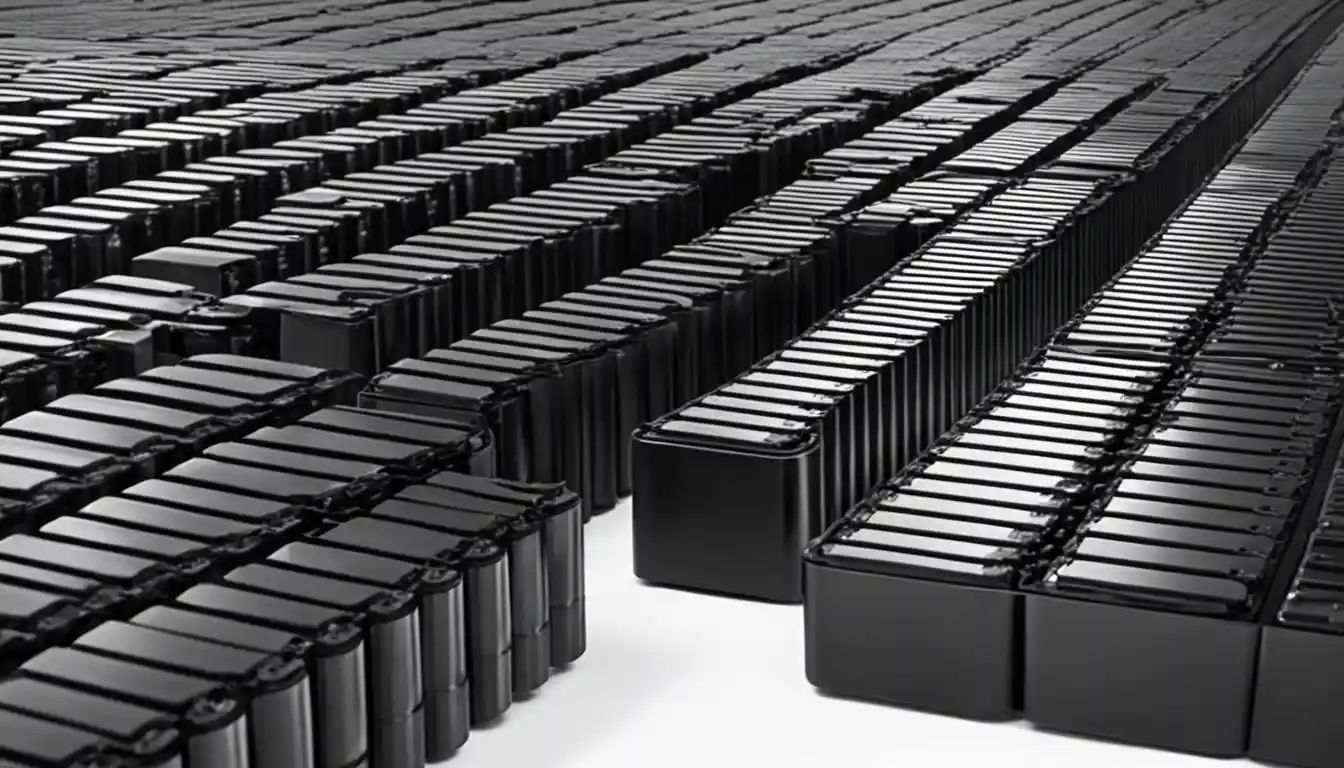Understanding Solar Power System Design and Its Importance
Off-grid solar system design calculation involves determining your energy needs, including adding up watt-hours per day of all the appliances and devices you plan to power. Variables such as peak sun hours, the efficiency of your panels, and power storage in batteries also factor in. There are various online tools and software available for detailed calculations, albeit hiring a professional may yield more accurate results.
What is Off Grid Solar System?
An off grid solar system, as the name suggests, is not connected to the main power grid. This system is designed to generate and provide power independently, making it ideal for remote locations, tiny homes, boats and regions prone to power outages. With a combination of solar panels, controllers, batteries, and an inverter, an off grid solar system enables you to have full control over your energy use and production.
The Importance of Off Grid Solar Power System Design for Optimal Performance
How well an off grid solar system performs primarily depends on its design. A well-calculated and thought-out design ensures your system generates enough power and has ample storage for your energy needs. This is where ‘off grid solar system design calculation’ plays a vital role. Even minor errors in these calculations can lead to insufficient power production, battery performance issues, and overall, a less efficient system.
Key Factors to Consider When Designing an Off Grid Solar System
Grab your notebook and let’s start planning your system. Here are the key aspects to consider:
Location and The Solar Insolation – What Role do These Play?
When it comes to how to design an off grid solar system, knowing your location’s solar insolation — the amount of solar radiation energy received on a given surface area in a given time — is key. This factor determines the number of solar panels and the size of the system you will need.
Size of the Solar Panels: How to Determine It?

The size of your solar panels can be determined by your energy needs and the solar insolation in your area. Larger panels or a higher number of smaller ones may be required for low insolation areas.
Evaluating Your Energy Consumption
Look at your energy bill or use a power monitor to determine your daily, monthly and yearly energy consumption. Factoring in all appliances, particularly energy-hungry ones like HVAC systems, will help you design a system that meets your needs.
Taking Into Account Weather Conditions and Seasonal Changes
The efficiency of your solar panels can be significantly affected by weather conditions such as cloud cover, fog, and snow. Seasonal changes also play a part. Including these variables in your design calculation will help ensure reliable power throughout the year.
How to Design an Off Grid Solar Power System
Now that you understand the basics, let’s delve into the step-by-step process of off grid solar system design calculation.
Sizing Your Off Grid Solar System – A Step-By-Step Guide
Firstly, determine your daily energy consumption in kWh. Next, divide this figure by your location’s daily peak sun hours to find the system size in kW. This will tell you how much kilowatt-hours (kWh) your solar system should produce per day.
Battery Bank Sizing: How to Do It Right?

To size your battery bank correctly, multiply your daily energy usage in kWh by the number of days you want your system to provide power without sunshine. It’s essential not to discharge your battery fully — a depth of discharge of 50% is usually recommended.
Inverter Sizing: Selecting the Best Fit For Your System
Choose an inverter that can handle the maximum load you’ll be powering simultaneously. Add up the wattage of all the devices and appliances you plan to run at once. This total will help you determine the minimum size of the inverter you’ll need.
Taking Into Account factors like Snow Cover & Shading
Snow and shading can dramatically reduce your solar panels’ output. Incorporate these variables into your off grid solar system design calculation to guarantee a reliable power supply year-round.
Practical Tips for Solar Power System Design
Now that you have your design calculated, here are some practical tips to consider:
Best Practices for Solar Panel Placement
Your solar panels should face the right direction for maximum sunlight exposure. In the Northern Hemisphere, panels should face south.
The Importance of Regular Maintenance and Monitoring

Maintenance keeps your system running smoothly. Regularly monitor your system’s performance and make necessary tweaks for optimization.
Understanding the Limitations and Overcoming the Challenges in Off Grid Solar System Design
Every off grid solar system design has its limitations and challenges – like storage capacity and sunlight availability. Overcoming these challenges requires comprehensive understanding, strategic planning, and accurate calculation.
The Role of Professional Solar Power System Design Services
Although it’s entirely possible to calculate and design your solar system, working with a professional can simplify the process. Professionals can also help ensure you don’t overlook essential factors, leading to an efficient, cost-effective system.
For extensive services, check out our off grid solar system installation page for more information.
Frequently Asked Questions About Off Grid Solar System Design Calculation
Let’s tackle some questions beginners often ask about designing an off grid solar system.
Conclusion: The Future of Off Grid Solar System and Its Design Calculation
As renewable energy gains popularity, off grid solar systems will play an increasingly important role. Therefore, understanding off grid solar system design calculation is key to utilizing this sustainable energy source. With due diligence, careful calculation, and strategic design, you can create a solar system that meets your needs whilst contributing to a greener future.



